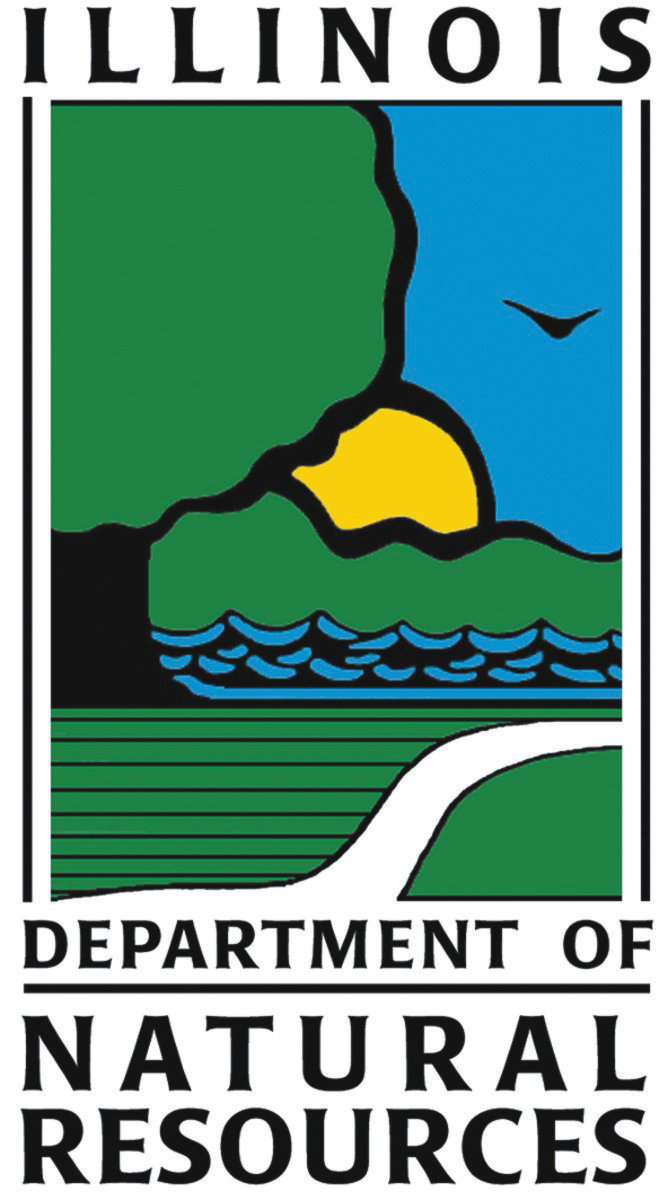
Invasive plants are species not native to a particular ecosystem and able to outcompete native plants. In places where they become established, invasive plant species can have negative impacts on the economy, environment, animals, and people. If a plant is labeled as invasive it means that the plant sustains itself outside of cultivation and is expanding its range in the natural landscapes of Illinois. The photo shows garlic mustard (Alliaria petiolata), one example of an invasive, non-native species in Illinois.
There are two main reasons for ecological concern when invasive plants become established. The first is that native insects and other wildlife did not evolve with the introduced plants, which means they often cannot use them as a source of pollen, host plants for insect caterpillars and larvae, or other sources of food. The second cause for concern is that invasive plants eventually out compete native plants and take over an area. This can leave an area with a substantially altered ecosystem, making it difficult or impossible for wildlife to survive in that area.
The Illinois Exotic Weed Act (525 ILCS 10/) is the primary means of regulating the movement of invasive plant species that threaten terrestrial natural areas in Illinois.
Fact Sheets












Additional Resources
IDNR:Illinois Nature Preserves Invasive Species Management Guidelines
IDNR: Illinois Wildlife Action Plan: Invasive Species





